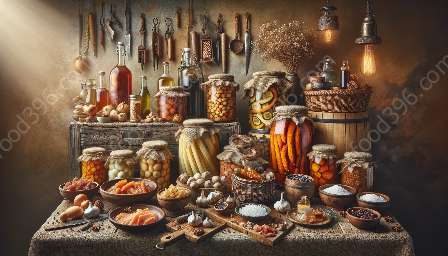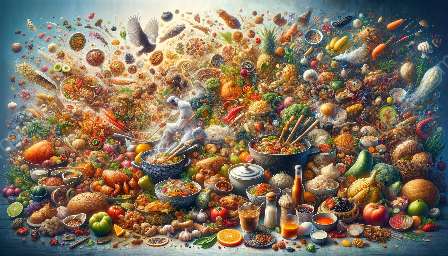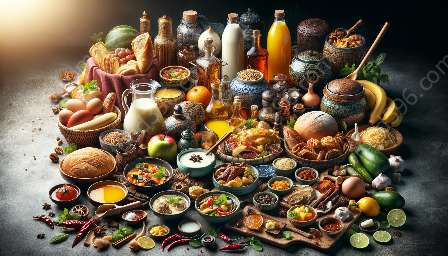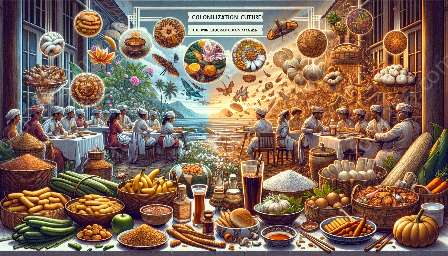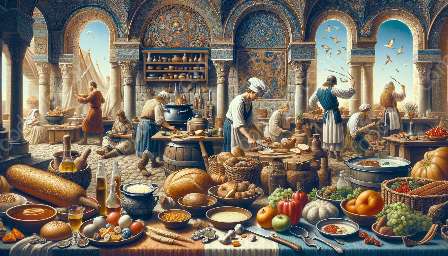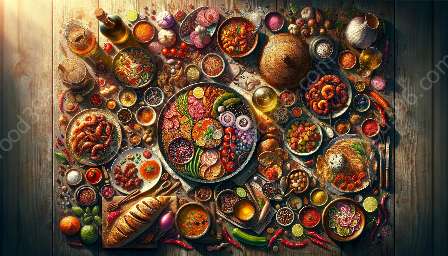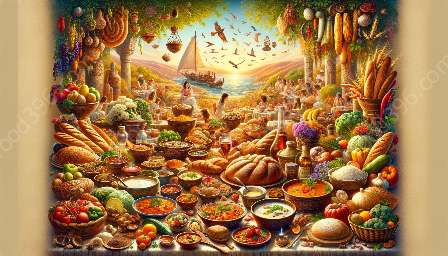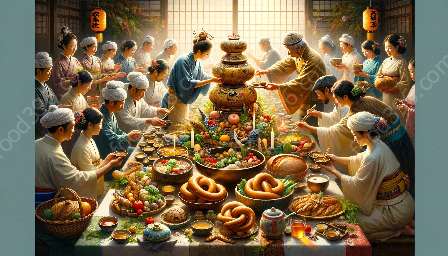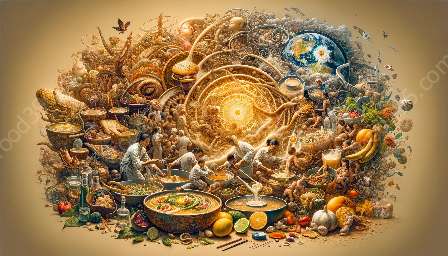Food preservation is an integral part of food culture and history, with each culture developing its own unique methods to ensure food is available year-round. This article will take you on a journey through the fascinating world of historical food preservation techniques, exploring the innovative methods used in different cultures to preserve food over the centuries.
The Importance of Food Preservation in History
Before the advent of refrigeration and modern food preservation techniques, people relied on various methods to preserve food to ensure a stable food supply throughout the year. These techniques played a significant role in shaping food culture and history, as they influenced the types of food available and the culinary practices of different societies.
Traditional Preservation Methods
Throughout history, diverse cultures have employed a wide range of traditional food preservation techniques, each tailored to the available resources and environmental conditions. These methods include drying, fermenting, smoking, pickling, and salting, among others. Let's delve into some of the most intriguing historical preservation techniques:
Drying
Drying is one of the oldest and most widespread food preservation methods. Various foods, including fruits, vegetables, and meats, were traditionally dried under the sun or using specialized drying chambers. This method allowed people to store food for extended periods, making it a vital part of many ancient food cultures.
Fermentation
Fermentation involves the use of microorganisms to transform food, leading to the preservation of the ingredients. This method was commonly used to produce foods like sauerkraut, kimchi, and various types of pickles. Fermentation not only extended the shelf life of the food but also introduced distinctive flavors and nutritional benefits.
Smoking
Smoking was a popular preservation technique in many cultures, particularly for preserving meats and fish. The process involved exposing foods to smoke produced by burning wood or other materials. In addition to extending the shelf life of the food, smoking also imparted unique flavors, adding depth to the culinary traditions of various societies.
Pickling
Using a combination of vinegar, salt, and spices, pickling preserved fruits and vegetables while enhancing their flavors. This method was prevalent across cultures, leading to a wide variety of pickled foods. Pickling not only prolonged the storage life of perishable foods but also provided a diverse array of tangy and savory culinary delights.
Salting
Salting, or the use of salt to preserve food, has been a crucial technique throughout history. Meats, fish, and vegetables were salted to draw out moisture and inhibit the growth of spoilage-causing microorganisms. The practice of salting was integral to the diets of many ancient civilizations, as it allowed people to store food for prolonged periods.
The Influence of Preservation Techniques on Food Culture
Historical food preservation techniques have left a lasting impact on food culture and culinary traditions worldwide. These methods not only made a wide variety of foods available throughout the year but also played a pivotal role in shaping regional cuisines and flavor profiles. The diverse preservation techniques employed by different cultures have given rise to an array of unique and cherished culinary practices.
Exploring Regional Preservation Traditions
Each region developed its own distinctive preservation methods, often influenced by local resources, climate, and cultural practices. For example, Nordic cultures relied on fermentation and drying to preserve fish during long winters, while Mediterranean cultures used olive oil and vinegar for pickling a variety of vegetables and fruits. The preservation techniques of indigenous peoples, such as Native American smoke-drying of meats and fish, also reflect the resourcefulness and ingenuity of food preservation in different parts of the world.
Revival of Historical Preservation Techniques
While modern food preservation methods have largely supplanted traditional techniques, there has been a growing interest in reviving and preserving historical preservation methods. Food enthusiasts, chefs, and cultural preservationists are rediscovering and championing these age-old techniques, recognizing their intrinsic value and cultural significance. The revival of historical preservation techniques serves as a bridge between the past and the present, honoring the rich culinary heritage of diverse cultures.
The Continuing Legacy of Historical Preservation Techniques
Historical food preservation techniques continue to inspire innovation in the culinary world. Chefs and food artisans often draw upon these traditional methods to create unique and flavorful dishes, blending the old with the new to produce captivating gastronomic experiences. The enduring legacy of historical preservation techniques is a testament to their enduring relevance and the timeless wisdom of preserving food in harmony with nature.



